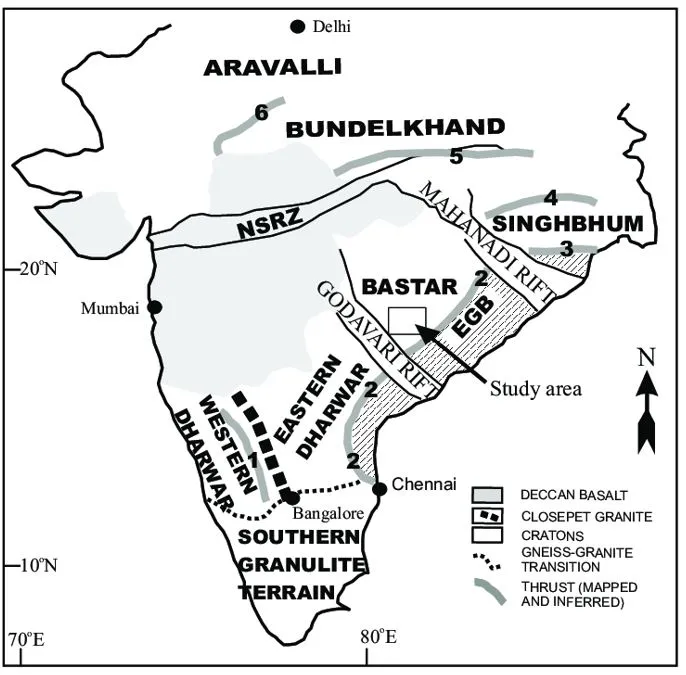

5th December 2024 (10 Topics)
A 5.3-magnitude earthquake jolted Telangana's Mulugu district, with tremors reported in Hyderabad and parts of Andhra Pradesh.
Why it is unusal?
- Telangana lies in the Indian Peninsular Shield, which is composed of ancient, stable rock formations with minimal tectonic activity compared to plate boundary regions like the Himalayas.
- Earthquakes in stable regions are typically of low magnitude, and significant quakes are rare.
- While minor tremors may occur due to localised stress or human-induced activities like mining or reservoir-induced seismicity, the probability of a high-magnitude natural earthquake is extremely low.
- Telangana rarely experiences seismic activity, making the quake a rare event in the region. Telangana is grouped in Zone II.
- Zone II typically represents areas with low seismic activity. The average magnitude of earthquakes in such regions depends on the geographical context but generally falls within the magnitude range of 0 to 5.0 on the Richter scale.
- The quake struck the Mulugu district, with its epicentre near Medaram, which is part of the Godavari rift zone 3.
- The Godavari rift zone is prone to moderate earthquakes. The recent quake was caused by the release of strain energy along the fault system, occurring at a depth of 40 kilometre.
Seismic zones in India
- There are four Seismic zones in India: Zone II, Zone III, Zone IV, and Zone V.
- Zone V expects the highest level of seismicity, whereas Zone II is associated with the lowest level of seismicity.
- Approximately, 11% of the country falls in zone V, approximately18% in zone IV, approximately 30% in zone III and the remaining in zone II.
- A total of approximately 59% of the landmass of India (covering all states of India) is prone to earthquakes of different intensities.
|
Fact Box: Indian Peninsular Shield
|
More Articles


